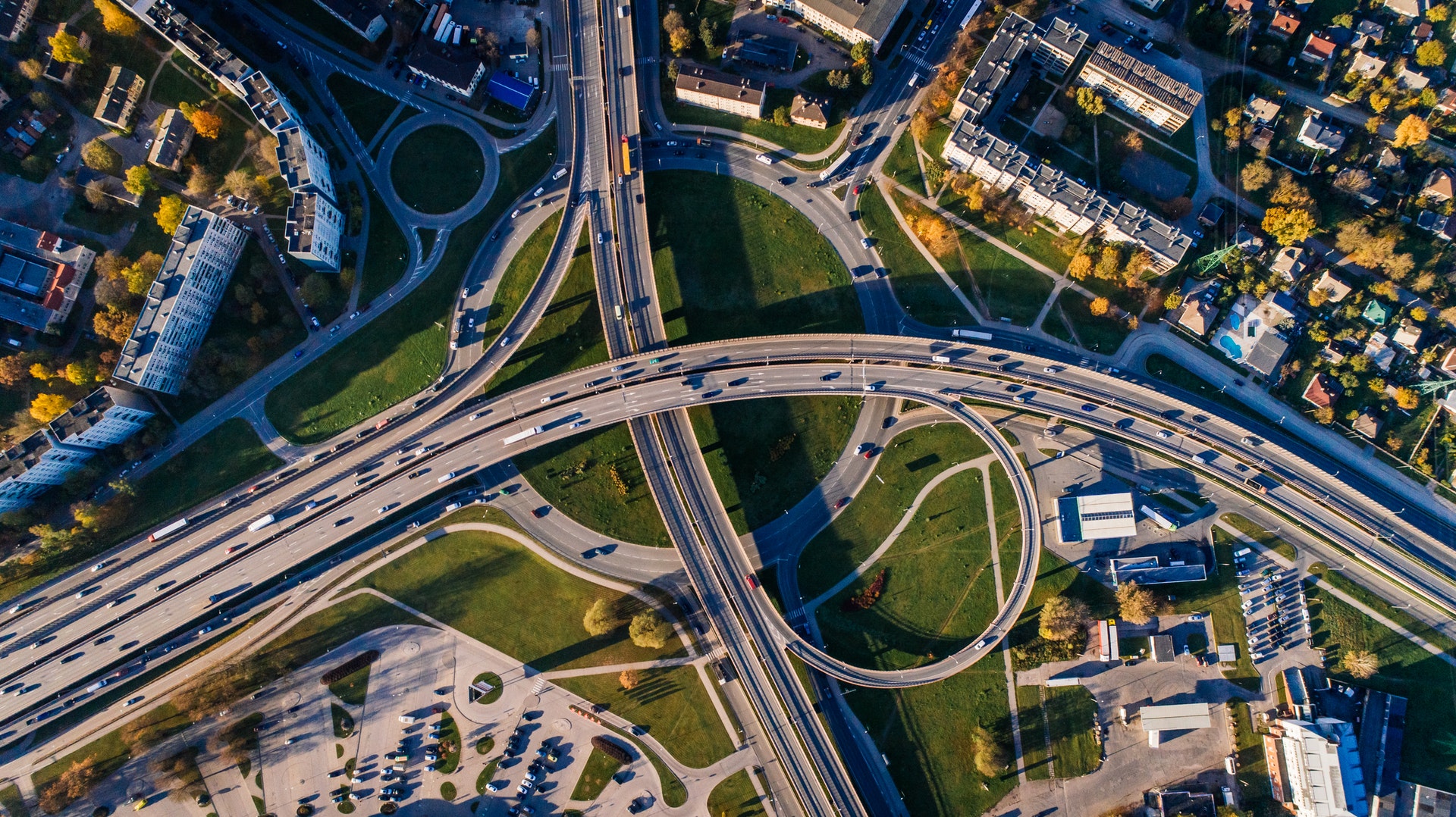Photo by Aleksejs Bergmanis from Pexels
The “buzzword” smart cities has been around for a while, including different, overlapping meanings attached to the concept – environmentally friendly or green city, sustainable city, a city implementing innovative tech solutions. The topic of smart cities is most often approached from a technical point of view. Focus is usually on specific technical solutions that assist in various domains of working or living in contemporary cities. Having smart solutions that save time, energy and money is a great thing, but we also need to make sure that they are integrated into local development strategies and that they serve everyone equally.
What is so special about cities?
More than half of the world’s population currently lives in cities and 2/3 will live in urban areas by 2050. In Serbia around 60% of population already lives in cities, with a trend of more and more people migrating from rural to urban areas. Cities are also central to the economy. For instance, Belgrade alone generates 40% of Serbia’s GDP. Speaking of the climate perspective, cities also produce more than 70% of the world’s greenhouse gas, or GHG, emissions and use 80% of the world’s energy. Cities are also education and university centres attracting many young women and men. They are cultural centres bringing in artists and tourists.
The challenge cities are facing is a multifaceted one – how to host the ever-growing population while being places with good quality of life for all its citizens, with functional communal infrastructure and services that meet the needs of women and men living in these cities, reducing their carbon footprint at the same time.
What do we mean when we say smart cities?
At UNDP, when we say ‘smart cities’ we mean using new technologies to help secure an inclusive, sustainable urban development, taking into account people, economy & environment.
To be inclusive, a smart city policy must also relate to the specific needs of women, elderly and persons with disabilities and provide end-to-end solutions. Having mobile applications that help drivers find parking spots for persons with disabilities don’t mean much if parking and other facilities are not equipped with ramps and other hard infrastructure that facilitates mobility. Access to telecommunications infrastructure is also an important factor – over 52 percent of people globally still don’t have Internet access, and men outnumber women as web users in every region of the world. This is alongside big disparities in connection speeds. Since more things become connected as part of smart city drives, there is a concern that the digital divide could become wider. New technologies, if used in a strategic way, could contribute to decreasing inequalities, exclusion or discrimination of marginalized groups.
The question of data
We often see that smart city solutions are initiated by tech companies who are looking to sell their proprietary platforms and collect data for their own purposes. If the data collected this way remains exclusively company-owned, it cannot be accessed by the cities for development purposes. The cities should be able to collect and analyse data, then act on the insights. Furthermore, the data should be open to all, so that citizens and businesses can make the best use of them – including entrepreneurs and start-ups. The data could then be used for building new mobile or web apps, gaining valuable insights for growing businesses, finding new ways for creating value, or improving personal security and reducing violence against women.
For example, if you are visiting the city of Nis or Kragujevac for the first time, and you wish to use public transport, you can now use Google Maps to tell you which bus you could catch to reach your destination. This would not have been possible without the city authorities opening their public transport data. Cities need to develop and test new models of data governance, so they can advance citizen rights and take advantage of the tremendous development value that trusted data sharing can unlock.
Collecting and sharing vast amounts of data about people in cities also raises concerns about rights and freedoms. There are legitimate privacy-related concerns regarding automated facial recognition in video surveillance systems or health-related concerns regarding deployment of 5G networks in dense urban settings. Legal aspects around data protection and transparent communicating must not be overseen in the process of deploying innovative tech.
Smart cities as good city management
The question is not whether smart city solutions can help, but rather how they should be integrated into local development strategies, which key actors should be involved, which resources – both financial and human – are needed for a successful implementation of a smart and sustainable city strategy.
It is clear that a truly smart city should have an integrated – cross sectoral development agenda. We need to look at all the different aspects: governance, inclusion, resilience and how these issues connect to each other. We need to find a way to join the dots and make tech a vehicle to address the complexity of cities, and not an end in itself. We also need to include citizens in the planning process from the very beginning and keep them in the loop throughout the process – city policy planning processes should be driven bottom up, be people-centred rather than use the traditional top-down approach.
An efficient way to make this possible would be to establish a city tech team consisting of IT experts, but also governance, social, economic and environmental experts, able to assist decision makers in formulating urban development strategies augmented by tech, but focused on women and men and their needs, access to data, inclusive and democratic processes, transparency and communication, making sure the citizens are participating in the process. This comprehensive approach will ensure that cities of the future are aligned with the Sustainable Development Agenda and contribute to the achievement of SDGs.

 Locations
Locations

